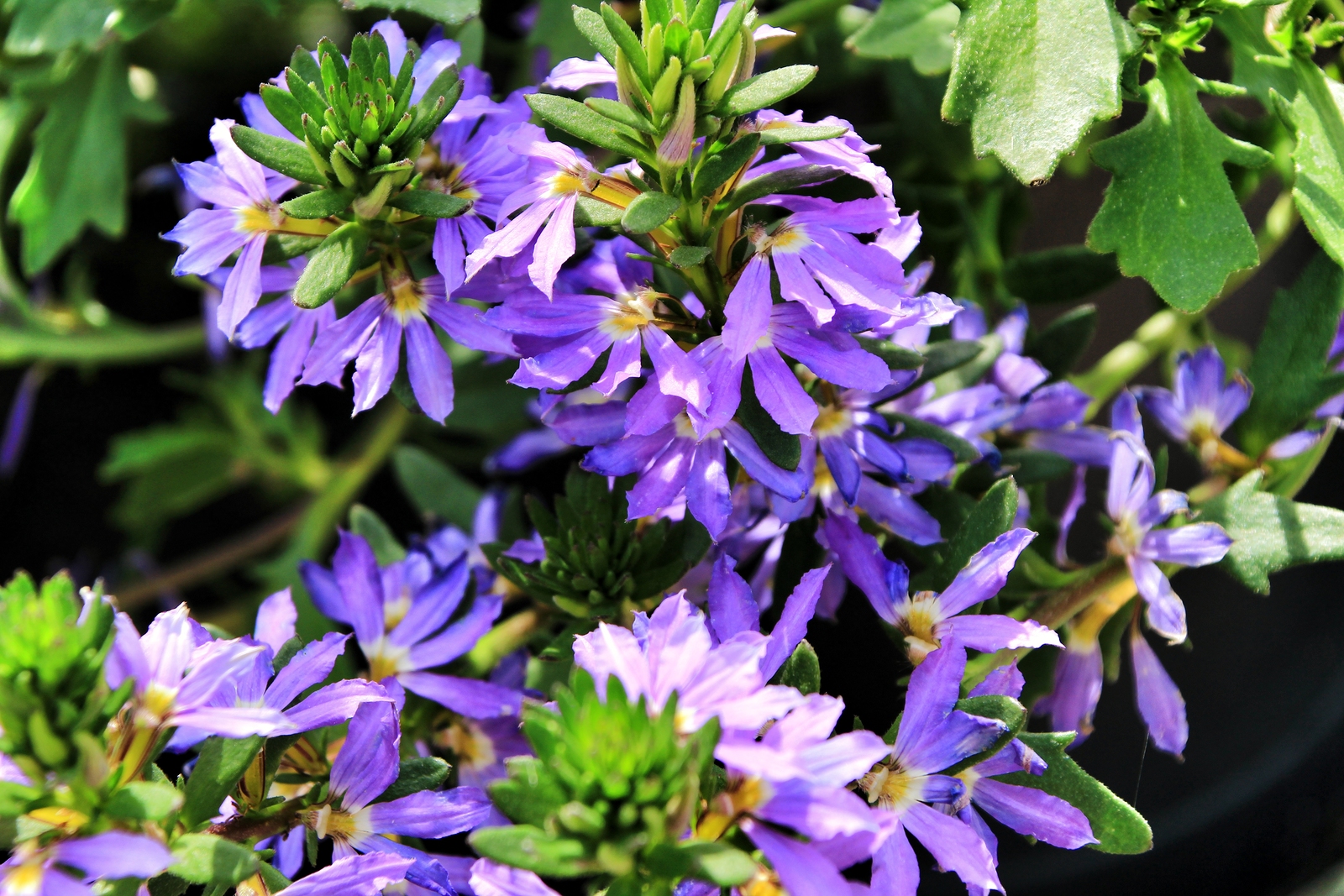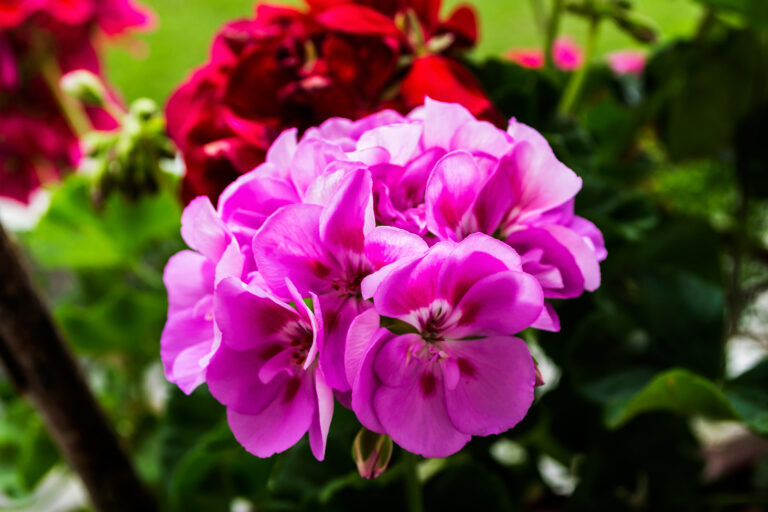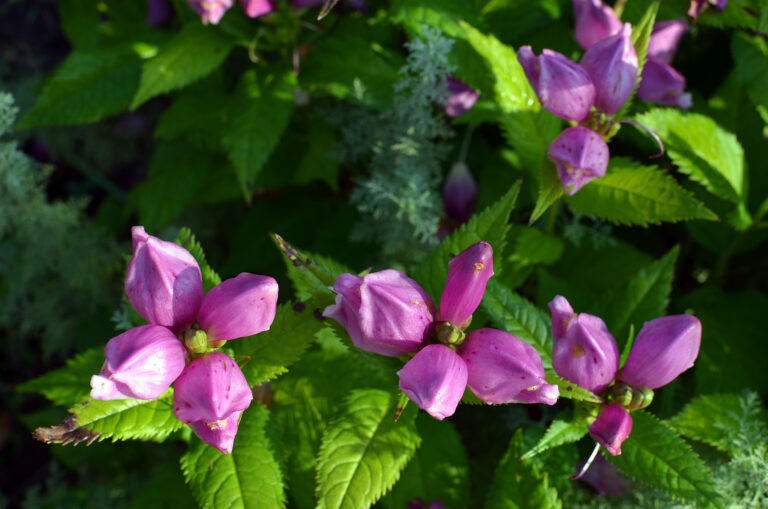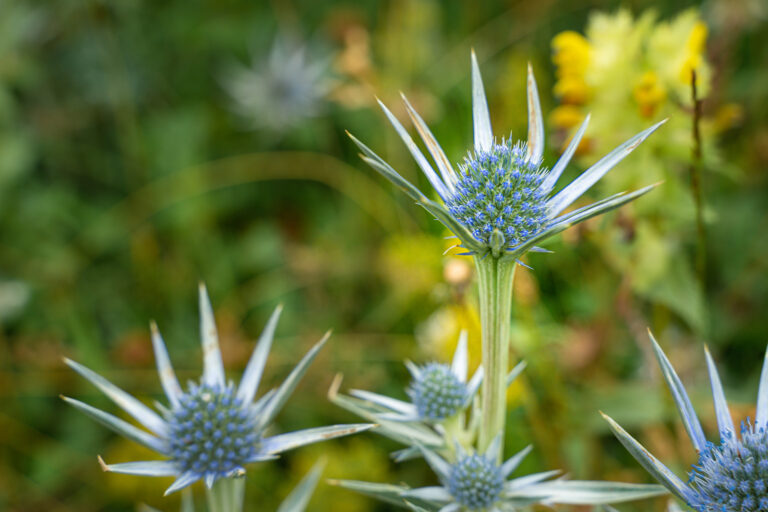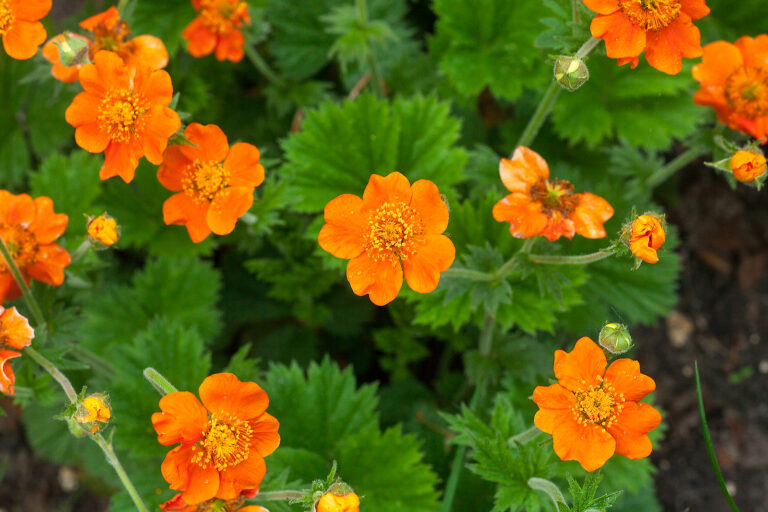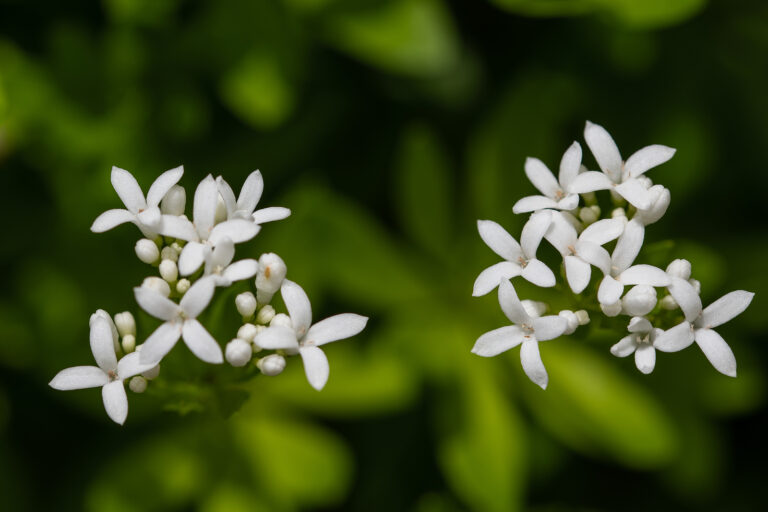How to Grow Fan Flower — Scaevola
Scaevola–commonly called fan flower–produces fan-shaped blue, lilac, or white flowers in summer. Fan flower is an evergreen perennial, often grown as an annual, with toothed green leaves on trailing stems.
Fan flowers are ideal for window boxes and baskets and in warm regions can be grown in a border.
Scaevola is a genus of about 96 species of mostly short-live perennials. Scaevola is native to coastal dunes in Australia and Polynesia.
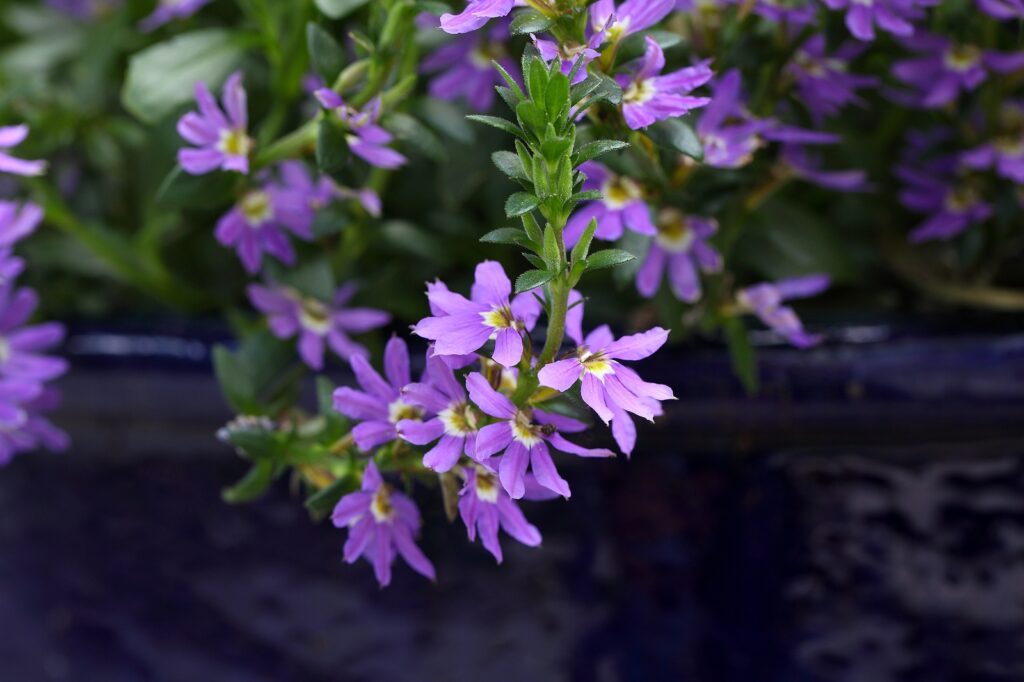
Get to know Scaevola
- Plant type: Perennial is often grown as an annual
- Growing Zones and range: 9-11
- Hardiness: Tender
- Height and width: 6 to 18 inches (15-45cm) tall; 18 inches (45cm)wide
- Foliage: Rounded to linear, entire or toothed leaves
- Flowers: Rich blue, purple, lavender, pink, and white flowers
- Bloom time: Spring to frost
- Uses: Groundcover, bedding, hanging baskets
- Common name: Fan Flower
- Botanical name: Scaevola aemula
- Family: Goodeniaceae
- Origin: Australia and Polynesia
Where to plant Scaevola
- Grow Scaevola in full sun in Zones 2-6; grow in full sun to light shade in Zones 7-11.
- Plant Scaevola in humus-rich to average, moist, but well-drained soil.
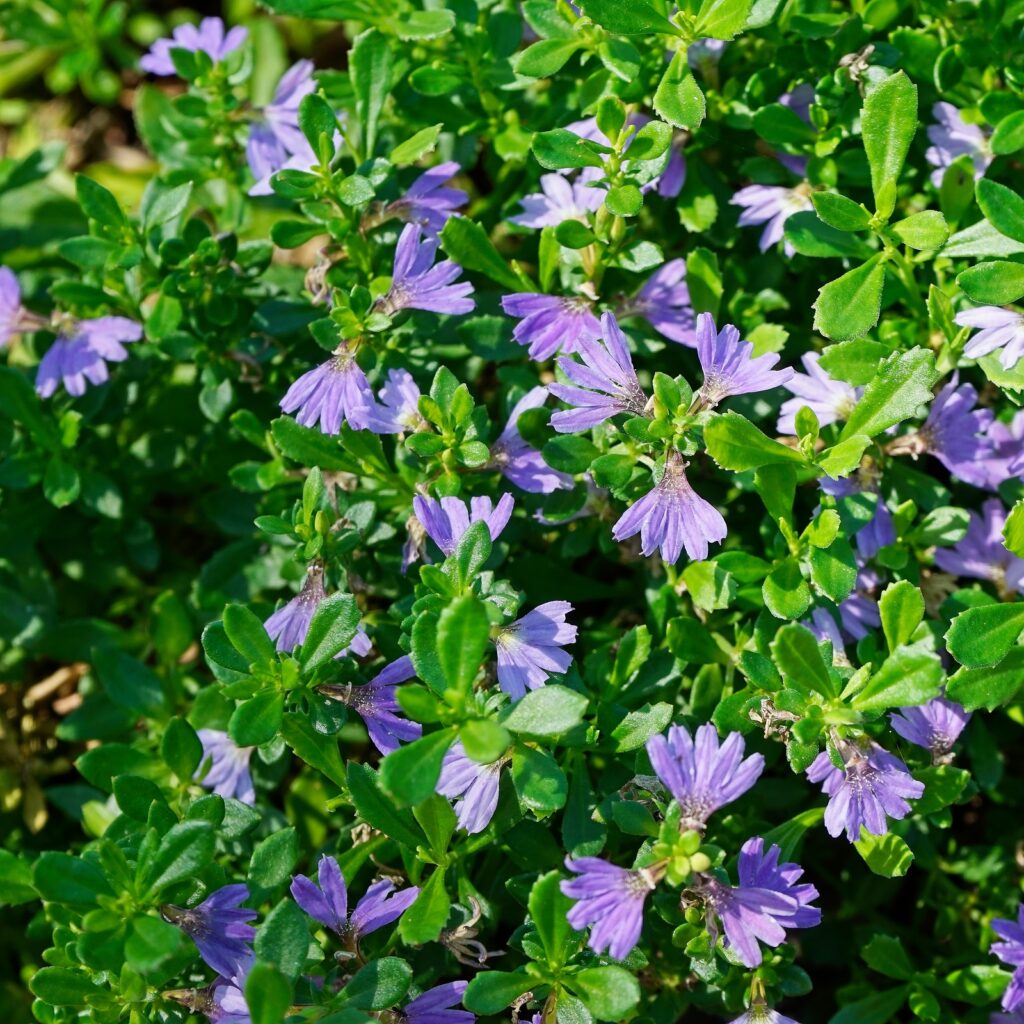
When to plant Scaevola
- Set Scaevola in the garden in spring after all danger of frost has passed.
Planting and spacing Scaevola
- Space Scaevola 18 inches apart.
How to water and feed Scaevola
- Scaevola need moderate moisture; keep the soil evenly moist. The soil must be well-drained.
- Fertilize Scaevola every 4 to 6 weeks with an all-purpose fertilizer, or work a slow-release fertilizer into the soil at planting time.
Scaevola care
- Mulch around Scaevola to conserve soil moisture.
- Scaevola are commonly pest and disease free.
Scaevola propagation
- Sow seed in spring.
- Roof softwood cuttings in late spring or summer.
Scaevola varieties to grow
- Scaevola aemula is an evergreen perennials often grown as an annual; spoon-shaped leaves; bears leafy racemes of purple-blue or blue flowers; cultivars include ‘Blue Wonder’, ‘New Wonder’, and ‘Purple Fanfare’ are popular cultivars; ‘Mauve Clusters’ has a trailing havit and bears lilac-mauve flowers.

